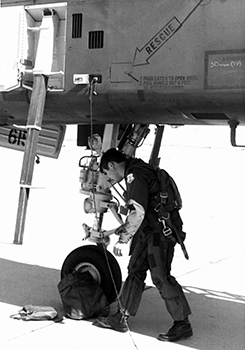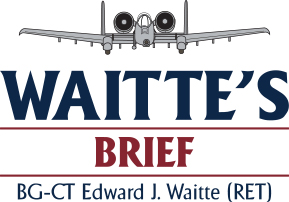
Continental Flight 1549 has just departed LaGuardia Airport and is climbing over The Bronx.
Continental Flight 1549 (calmly): “Mayday mayday mayday. This is Cactus fifteen thirty-nine. Hit birds. We’ve lost thrust on both engines. We’re turning back towards LaGuardia.”
LaGuardia Departure Control (just as calmly): “Ok. Yeah, you need to return to LaGuardia. Turn left heading two-two-zero.”
Flight 1549: “Two-two-zero.”
…2 minutes later….
Flight 1549: “We’re are going to be in the Hudson.”
Most of the airline pilots are former military pilots. That’s because they really go through very extensive training, especially in simulators. They simulate losing hydraulics, losing an engine, losing electricity because of a lightning strike. All those different events that could happen to you. You practice all the time.
So, when it happens for real, your instinct is already there. You just automatically do whatever is the emergency procedure.
Consider “The Miracle on the Hudson.” The captain, Chesley “Sully” Sullenberger was one year behind me at the Air Force Academy. He was actually in England with me at the same time, assigned to my sister flight squadron.
As a civilian airline pilot in 2009, Sully flew US Airways Flight 1549 through a flock of geese. Flamed out both engines and had to ditch in the Hudson River. That was the only thing he could do. At one point the Airbus A320 glided only 900 feet above the George Washington Bridge. But he successfully ditched, and every one of the 155 onboard survived.
The FAA tried to say it was pilot error and that Sully could have made it back to the runway. They always try to blame the pilot. They ordered some different types of simulations to see if he might have been able to turn around and make it back to a runway. But when they really ran the simulations, they said: no, he couldn’t have made it.
An official at the National Transportation Safety Board said it was “the most successful ditching in aviation history.”
I think that was quite heroic.
